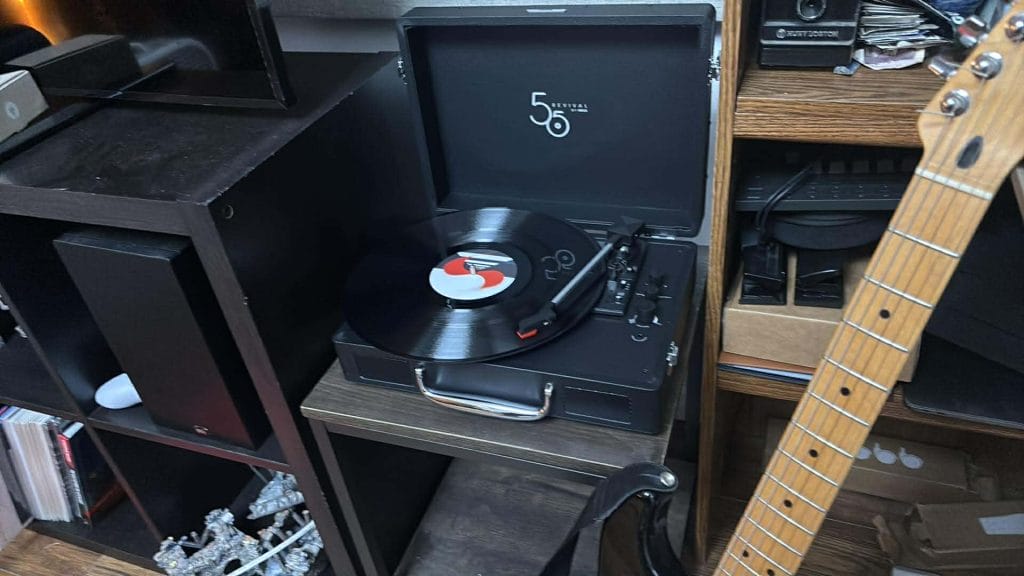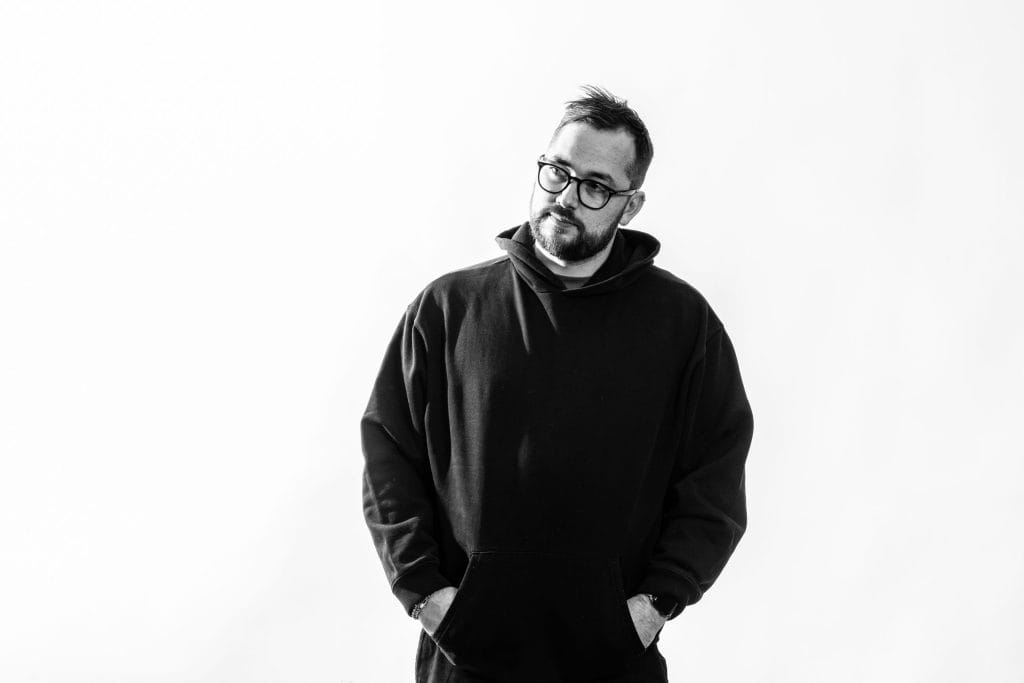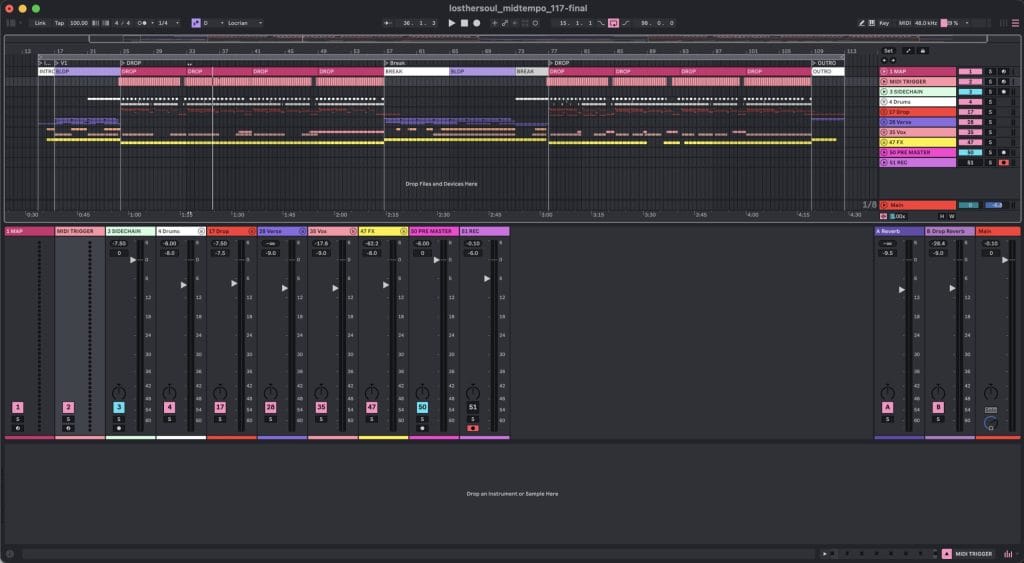BLXK MNTN breaks down Lost Her Soul, the lead track from his SWEAT EP out now on HypnoVizion. The project blends distorted rhythm work, cinematic tension, and heavy industrial textures that define his dark, mechanical sound. With influences ranging from Street Fever to Gesaffelstein, the EP captures that hypnotic space between emotion and control.
In this feature, BLXK MNTN opens his session to detail the plugins and processing chains that shaped the track’s identity. From the custom wavetables that power his basslines to the clipping and EQ strategies that hold his mix together, his process shows how precision and distortion can coexist inside midtempo bass production.
Below, BLXK MNTN walks through the tools behind Lost Her Soul and the techniques that keep his sound gritty but controlled.
Serum
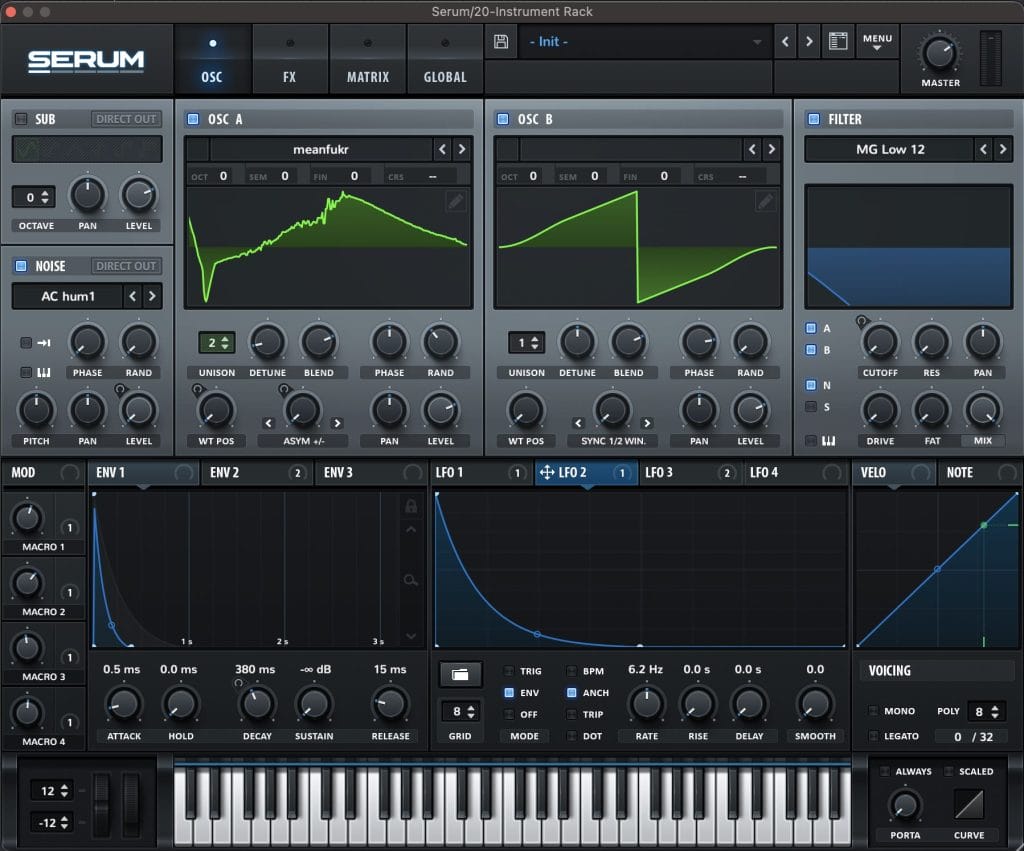
For Lost Her Soul I built my main sounds in Serum, which is basically a powerful wavetable synthesizer that lets you sculpt sounds from scratch. I would argue that it’s one of, if not, the most popular synthesizer for electronic music production and sound design. I love it because you can take a simple sound or wavetable and turn it into something completely new. It’s like having an entire sound design lab wrapped into a single plugin.
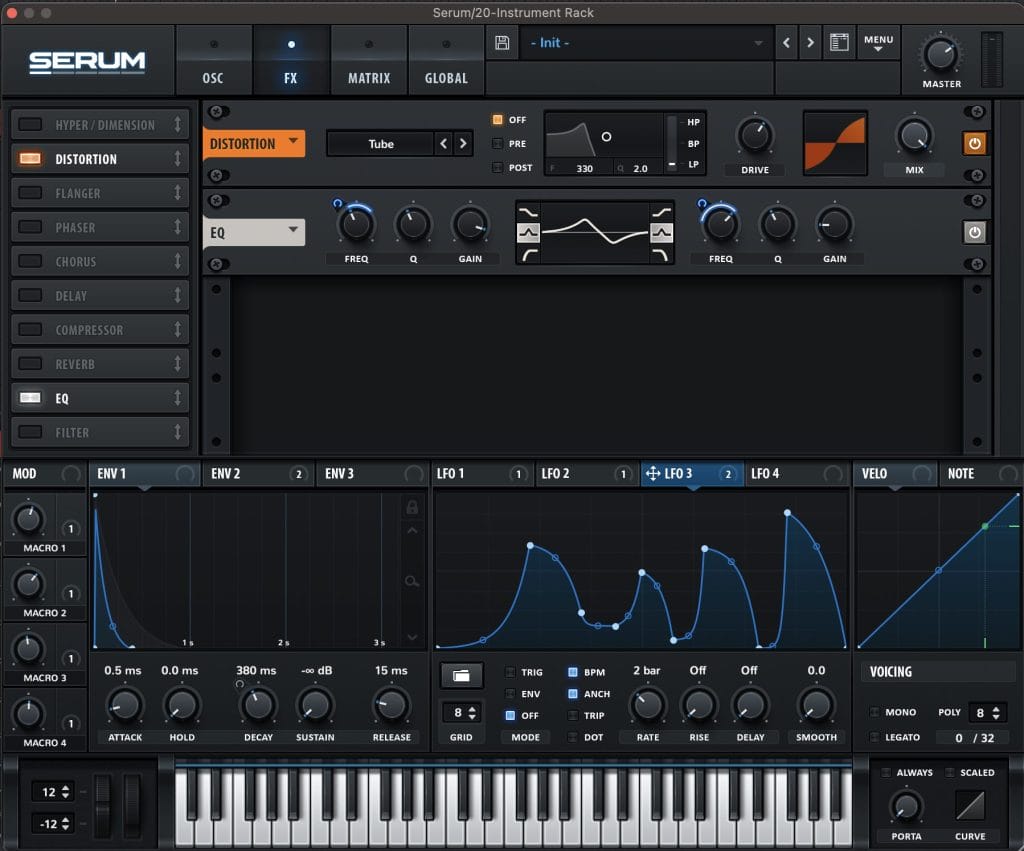
To create the main driving bassline in Lost Her Soul I started off with a custom wavetable I created by crossfading some distorted bass samples together on OSC A, and running it parallel with a saw wave on OSC B. Then running it through the lowpass filter. Then using a combination of the Amp Envelope and an LFO as an envelope to control the Filter I dialed in my tone to create this plucky filtered bass sound.
That’s really the basis for this sound, from there just added some tube distortion to hear some of those harmonics come back in. An interesting thing I did after the distortion, still in Serum is adding an EQ with a peak and notch, then automating the frequency knobs with an LFO to give it an ever-evolving sound, that way every time a pluck play it sounds a little different in tonality than the previous note. After reaching that point, I went into post processing, combining some Ableton saturation plugins and Kilohearts multipass. Really all I was doing in the post processing is experimenting with different methods of applying saturation and distortion.

To other producers aspiring to create Midtempo Bass music, in terms of sound design, I would say the most important part is experimenting with saturation and distortion. Also in my experience starting with a clean simple sound, gives you tons of headroom to distort it and get crazy results. I used to start with an incredibly saturated rich sound wavetable and not understand why after just a few stages of distortion it would sound absolutely wrecked and unusable in context with the whole production. It wasn’t until I learned to start with a clean simple sound or wavetable and little by little distort and saturate it in stages, that I finally started to craft some pretty wicked basses.
FabFilter Pro-Q 4
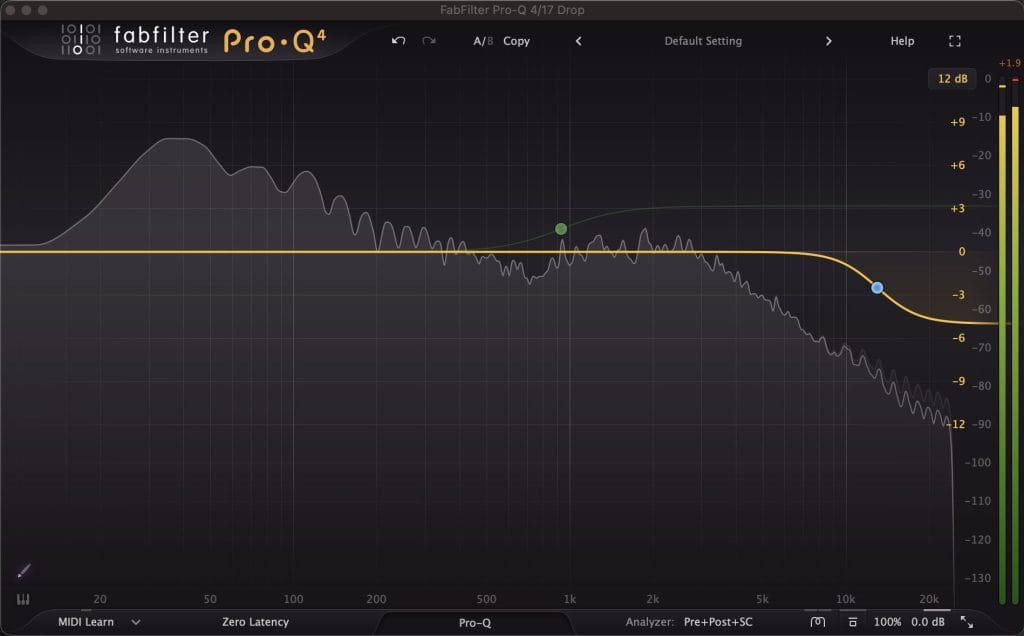
Pro-Q 4 is my go-to plugin for equalizing my instrument groups to carve out space in the mix and tone shaping. It’s got all the bells and whistles any producer could ask for. Personally I wouldn’t add this plugin on any single instrument, I prefer to use it on instrument groups as it can be pretty heavy on the CPU. For individual instrument layers I would recommend something lite and simple like Ableton’s stock EQ8.
In Lost Her Soul Pro-Q 4 was essential for dialing in the tone on my major instrument groups. When I was in the mixing stage of my song it helped me to take a look at the bigger picture so to speak by showing me where I had clashing frequencies across my entire mix, most of the time in places I couldn’t actually point out using just my ear.
To anyone making bass music in general I would definitely recommend Pro-Q especially when it comes to making space in your mix for all your elements. When you consider how many different sounds and instruments can go into a heavy bass track it can seem daunting. It’s essential to have a tool that can EQ in a dynamic way that feels organic and musical.
Soothe 2
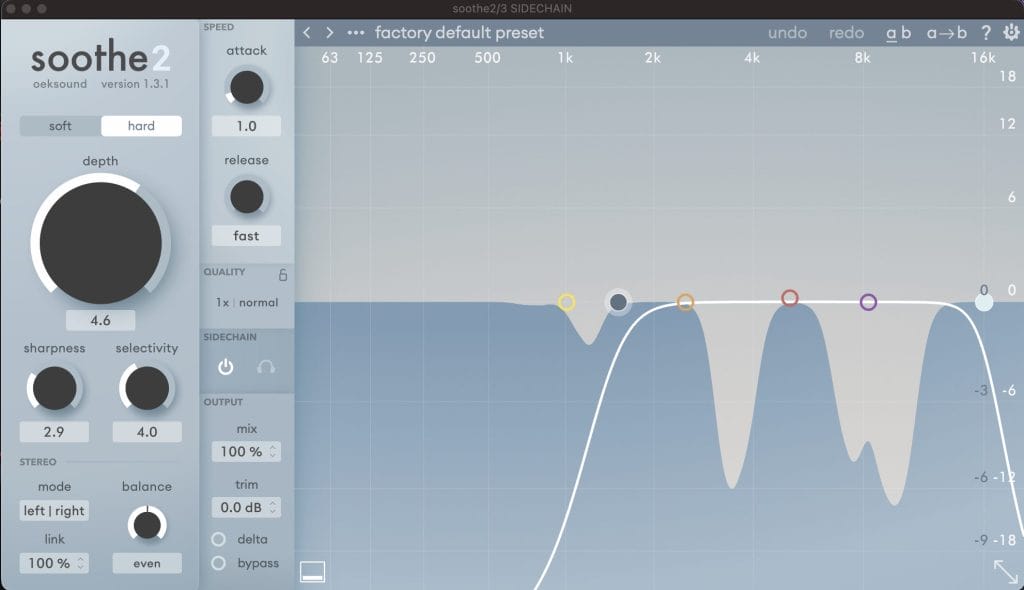
Soothe 2 was a lifesaver, not just on Lost Her Soul but any bass music track I’ve worked on. It’s a dynamic suppressor that automatically tames harsh frequencies without killing the energy of the sound. I love using it on vocals and synths to smooth out the top end. It helps to keep my tone bright but never painful.
I leaned on Soothe 2 to keep the mix smooth without losing aggression. The track has a lot of distorted synths, saturated vocals and high-end detail so I used it to gently control those harsh resonances that can build up when everything hits at once. One of my favorite places I used Soothe throughout each song in my SWEAT EP was on the vocal bus to soften some of the sharp sibilances and make the top end feel silky. It’s one of those plugins you almost forget is there until you bypass it and everything suddenly sounds a bit too harsh again.
If you’re producing Midtempo bass, Soothe 2 can seriously clean up your mix without killing the grit that makes the genre hit. I’ve learned it’s best used just subtly enough to tame those harsh resonances from distorted basses or metallic synthesizers while keeping the character intact. Try putting it after heavy distortion or OTT to smooth out the top end and let your transients breathe.
KClip 3
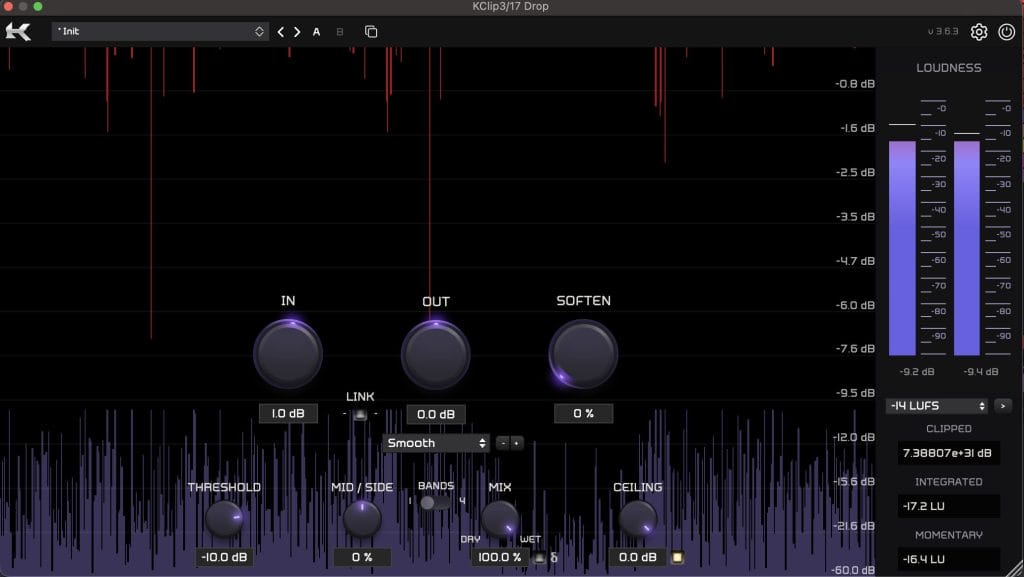
KClip 3 is a clipper plugin that gives you precise control over loudness and saturation. It’s designed to let you push your mix or individual sounds to the edge without falling apart. The interface is clean and visual, so you can actually see and hear what’s being clipped. And the different clipping modes each add their own character, from transparent to punch and gritty.
On Lost Her Soul, KClip 3 sat on my Drop Bass bus among many other places. I ran it in Smooth mode to preserve the warmth and body of the sound while still clamping down on transient spikes from all the layered basses. I pushed the input by about 1db with a -10db letting it do just enough clipping to bring the bass forward without flattening it. The smooth algorithm gave the drop this polished, glued feel that worked perfectly for the Midtempo groove. It kept the mix controlled and loud, while still letting the distortion growl breathe.
If you’re producing Midtempo or any kind of bass-heavy music, KClip 3 is a killer way to get that pro level punch without over-limiting. Try it on your bass or drum bus instead of just your master. I’ve learned that clipping, when done right, can enhance dynamics instead of killing them. It’s all about finding that sweet spot before the crunch turns to mush.
Quick Fire Tips for Midtempo Bass
• Midtempo bass hits hardest when you leave space for contrast. Make the groove hypnotic then slam the drop like a wall of gravity.
• Distort with purpose. Stack your saturation in stages: soft clip, drive, then multiband to get that rich, controlled chaos the genre thrives on.
• Automate everything that moves. Filters, pitch bends, and LFO rates bring mechanical synthetic sounds to life.
• Layer your basses like you’re building armor. Subs give foundation, mids bring the grit, and highs add bite. Glue them with compression and clipping.
• Don’t chase the volume, chase the impact. A midtempo drop that breathes between hits always feels heavier than a wall of constant noise.
The post How It Was Made: BLXK MNTN – Lost Her Soul [HypnoVizion] appeared first on Magnetic Magazine.




